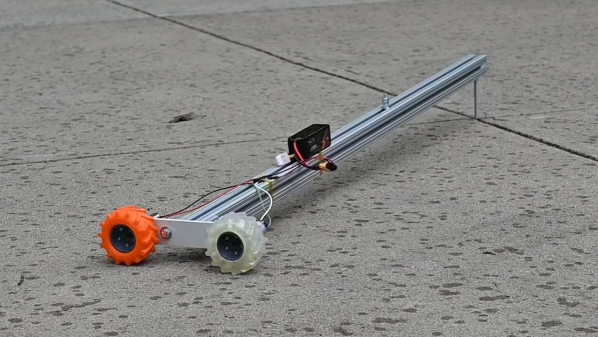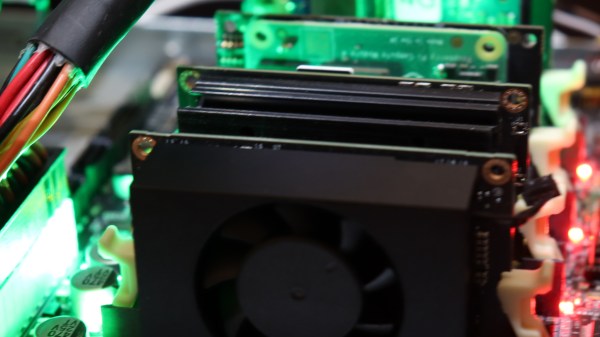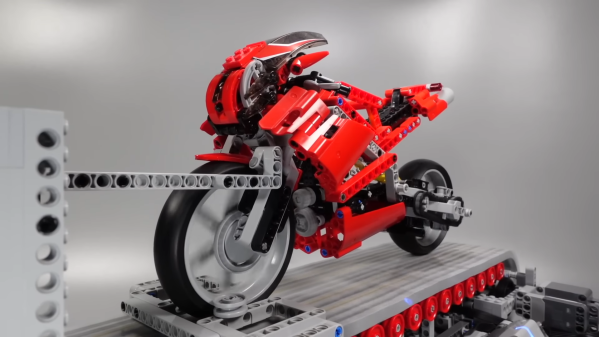Blinds are great for blocking out the sun, but having to get up to open and close them grows tiresome in this computationally-advanced age. [The Hook Up] decided to automate his home blinds instead, hooking them up to the Internet of Things with some common off-the-shelf parts.
The basic idea was to use stepper motors to turn the tilt rod which opens and closes the blinds. An early attempt to open blinds with unipolar stepper motors proved unsuccessful, when the weak motors weren’t capable of fully closing the blinds when running on 5 volts. Not wanting to throw out the hardware on hand, the motors were instead converted to bipolar operation. They were then hooked up to DRV8825 driver boards and run at 12 volts to provide more torque.
With the electromechanical side of things sorted out, it was simple to hook up the motor drivers to a NodeMCU, based on the ESP8266. The IoT-ready device makes it easy to control the motors remotely via the web.
The build came in at a low cost of around $10 per blind. That’s a good saving over commercial options which can cost hundreds of dollars in comparison. We’ve seen other work from [The Hook Up] before too, like his creative Flex Seal screen build. Video after the break.
Continue reading “Automated Blinds Can Be A Cheap And Easy Build”


















